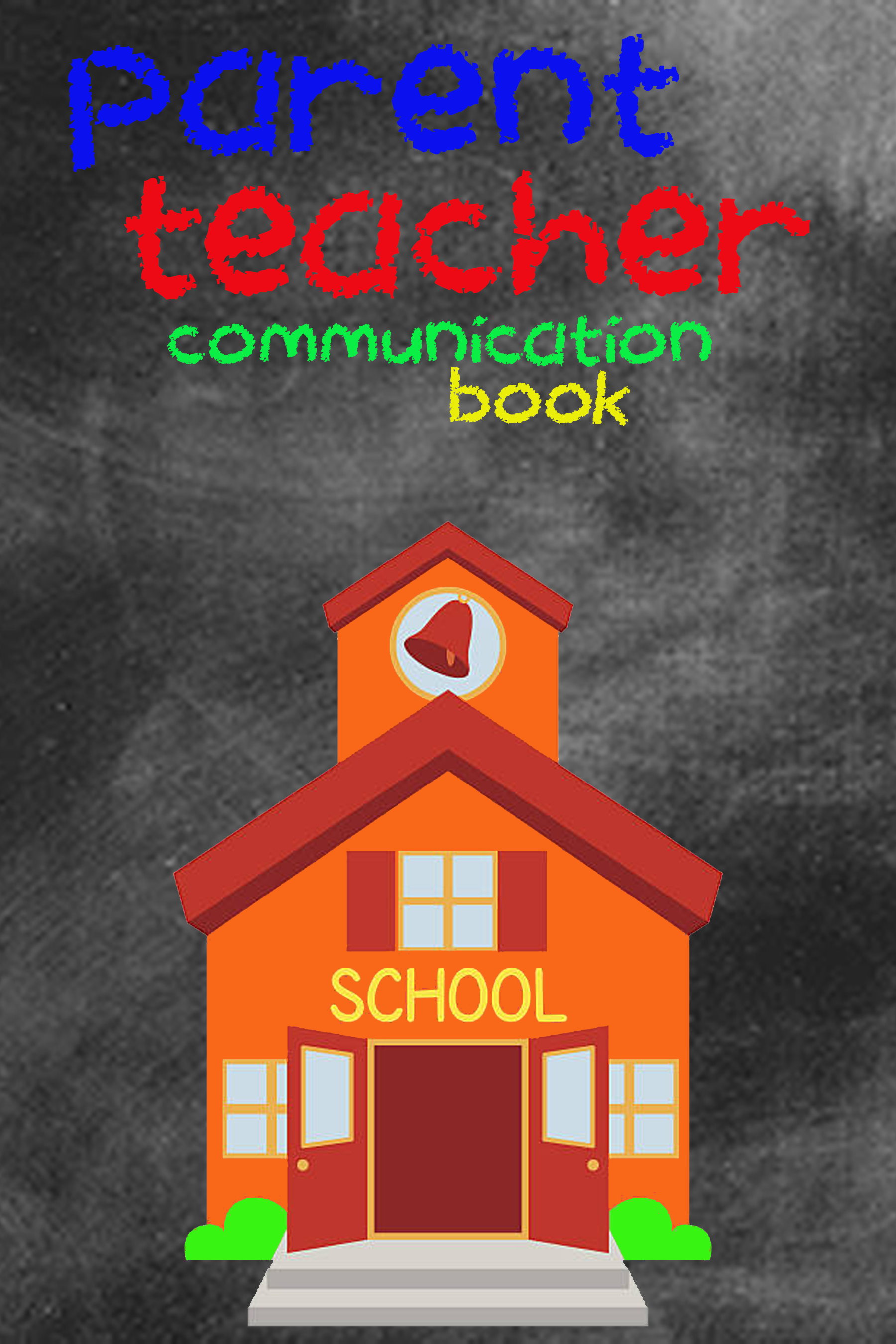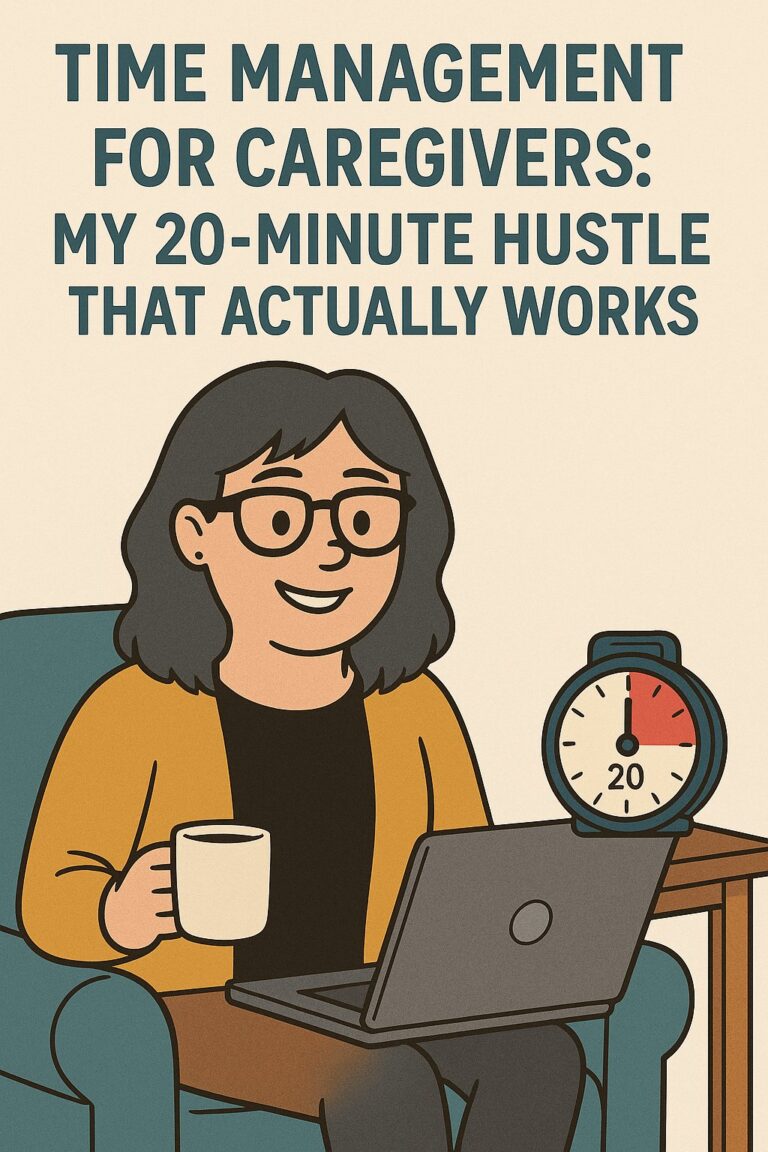How I Got Started with Low Content Publishing
(and Why I’m Still in Love with It)

Like many things in my life, this journey didn’t start with a grand plan—it started with a problem.
I needed a logbook for my son with special needs. Something simple but structured—something I could use to keep track of therapy appointments, school communication, and all the little things that tend to fall through the cracks when life gets busy. I searched high and low, but everything I found was either too generic, too medical, or just not quite right.
So I made one.

And that one logbook became the first spark in what would turn into a full-blown love affair with low content publishing for beginners. It was like discovering a secret door to a creative world I never knew existed—one that didn’t require me to be a trained writer or a professional designer.
Just a mom with a laptop, a lot of heart, and a slightly unhealthy relationship with coffee.
What Is Low Content Publishing, Anyway?
If you’re new here, let me explain. Low content publishing is exactly what it sounds like—books with minimal written content. We’re talking about journals, planners, logbooks, activity books, puzzle books… that sort of thing.
They’re simple, but useful. And they can be customized to meet very specific needs—like a logbook for parents of children with special needs. Or a word search book with coloring elements for stress relief. Or a journal that helps you track elderly care routines without losing your mind.
It turns out, there’s a massive audience for practical, beautiful, helpful books like these. And once I dipped my toes in the water, I realized this wasn’t just a one-time project—this was a path.
From Blank Page to Published
Now, don’t get me wrong—there was a learning curve. But the tools are out there, and they’re way more user-friendly than I expected. I started out using Canva and later added BookBolt to my toolbox. I learned how to format interiors, create covers, and (eventually) navigate Amazon KDP like a boss.
I also learned about niches, keywords, and what makes a book searchable and sellable. The best part? I didn’t have to wait for anyone’s approval to get started. I could create something, upload it, and bam—I was a published author.
If you’re looking into low content publishing for beginners, let me tell you—it’s not about perfection. It’s about solving problems, sharing solutions, and letting your creativity out to play.
Why I’m Still in Love With It
I’ve now published over 40 books—and every single one has taught me something new. This journey has given me:
- A creative outlet that fits around caregiving
- The ability to help others while helping myself
- A sense of purpose outside the “traditional” career path
- The confidence to keep building, learning, and dreaming bigger
I’m not a millionaire. I’m not on the bestseller list (yet). But I’m creating products that matter. I’m making passive income that’s slowly growing. And most importantly? I’m proving to myself that I can do this.
Your Turn to Try
If you’re curious about low content publishing as a beginner, take this as your sign. Don’t wait until you have it all figured out—because spoiler alert: none of us do. Just start.
One logbook. One planner. One idea. That’s all it takes.
Because sometimes the most unexpected adventures begin with one simple question: What if I made it myself?

I love this idea. When I was younger and fitter and had so many projects and work stuff I used to see what I could get done during the ad breaks in the soaps. That way I didn’t feel guilty, why?, about watching mind numbing TV instead of working,
Hey life is for living not for continuously slogging and not enjoy the process and the fruits of your labour.
Now it can sometimes take me the whole break just to get off the settee but it is still a fixed time to get things done.
Today I tried it and ended up working for an hour. Yes, you can continue if you want after your set time but you don’t have to and that is why it is so special. Everyone can find 10 minutes and if you are on a roll make the most of it. If not don’t beat yourself up about it.
If you start the 10/15 minutes and have to abandon it, so what. You made a start. You no longer have a blank page.
10 minutes every day adds up to 2.535 days. A lot can get done in that time.
Love what you have achieved so far. Keep going. I want to keep reading your blog. Thank you for the inspiration, laughter and tears.